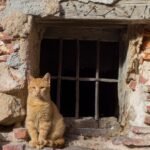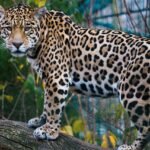The Silent Stalker Becomes the Hunted

Picture this: a magnificent leopard that once ruled the African savanna now skulks in the shadows, avoiding hyena packs that have grown bold enough to steal its kills. This isn’t some dystopian fantasy—it’s happening right now across the globe.
When apex predators lose their dominant position, the entire ecosystem shifts like dominoes falling in slow motion. The leopard, once confident in its spotted coat, now carries the weight of vulnerability in every careful step.
Tigers Trading Territories for Survival

In the mangrove swamps of Bangladesh, tigers are abandoning their traditional hunting grounds as rising sea levels and human encroachment force them into smaller, fragmented territories. These majestic cats, weighing up to 600 pounds, suddenly find themselves competing for space with wild boar that have multiplied unchecked.
The result? Tigers are becoming scavengers, feeding on fish and crabs rather than the deer they once hunted with precision. Their hunting patterns have completely transformed from patient ambush predators to opportunistic foragers.
Lions Learning to Live in Fear

African lions, the so-called “kings of the jungle,” are experiencing something their ancestors never did—genuine fear of smaller predators. In Kenya’s Maasai Mara, entire prides have been observed fleeing from aggressive spotted hyena clans that outnumber them three to one.
These encounters leave lions with stress-related behaviors previously unseen in the wild. They’ve started hunting during daylight hours, completely disrupting their natural nocturnal cycle, just to avoid confrontation with their former prey.
Jaguars Adapting to Urban Jungles

In the heart of Brazil, jaguars are doing something that would make wildlife biologists’ jaws drop—they’re learning to navigate human settlements. These powerful swimmers, once masters of the Amazon rainforest, now drink from irrigation ditches and hunt domestic livestock.
The adaptation isn’t just behavioral; it’s physiological. Urban jaguars show increased cortisol levels, indicating chronic stress that’s literally changing their biology. Their powerful jaws, designed to crush turtle shells, now hesitate before every hunt.
Cheetahs Outrun by Extinction

The world’s fastest land animal is losing a race it never saw coming. Cheetahs, built for speed but not for fighting, are being systematically pushed out by larger predators reclaiming territories. Their lightweight frames, perfect for hitting 70 mph, become a liability when facing lions and hyenas.
In Namibia, cheetah mothers are abandoning their cubs more frequently, unable to defend them from aggressive caracals and jackals. The emotional toll is visible in their hunting success rates, which have dropped by 40% in conflict zones.
Snow Leopards Descending from Their Thrones
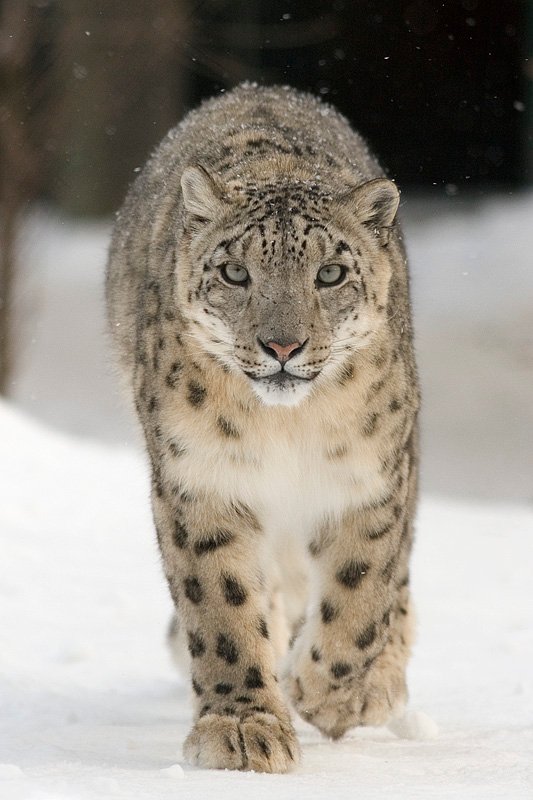
High in the Himalayas, snow leopards are experiencing something their species hasn’t faced in millennia—competition from domestic dogs. These ghost cats of the mountains, adapted to hunt blue sheep on impossible terrain, now find themselves outcompeted by feral dog packs.
The thick-furred predators, once invisible against rocky outcrops, are being forced to hunt during dangerous avalanche seasons. Their rosette-patterned coats, perfect camouflage for millennia, seem inadequate against modern challenges.
Pumas Pushed to the Brink
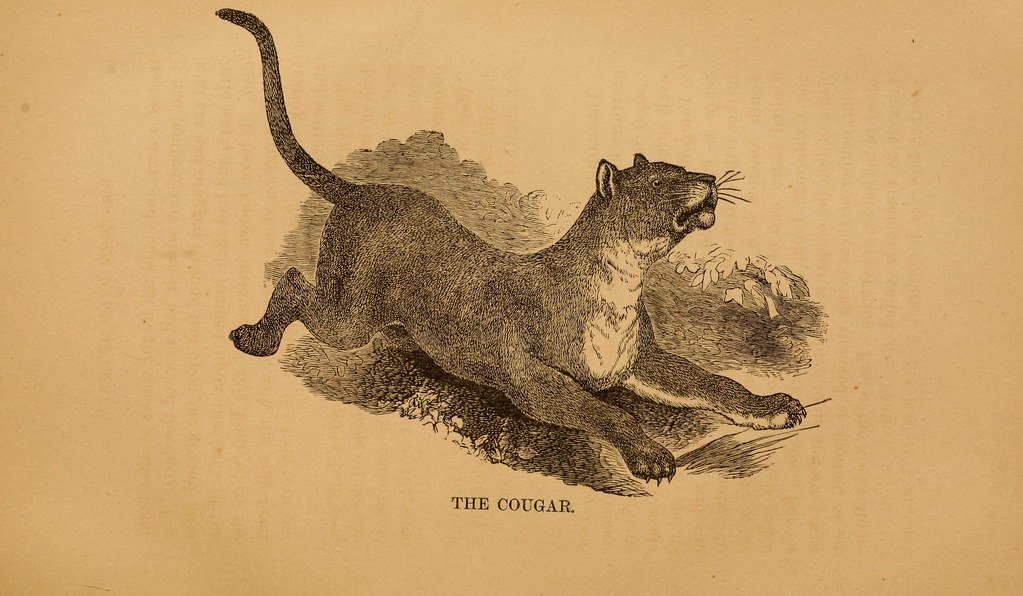
Mountain lions across North America are experiencing a phenomenon scientists call “landscape of fear.” These solitary hunters, capable of taking down elk twice their size, now spend 60% more time looking over their shoulders than actually hunting.
In Yellowstone, pumas have been documented abandoning fresh kills after detecting wolf scent, even when the pack is miles away. The psychological impact is reshaping their hunting territories, forcing them into marginal habitats where prey is scarce.
Lynx Learning New Survival Rules
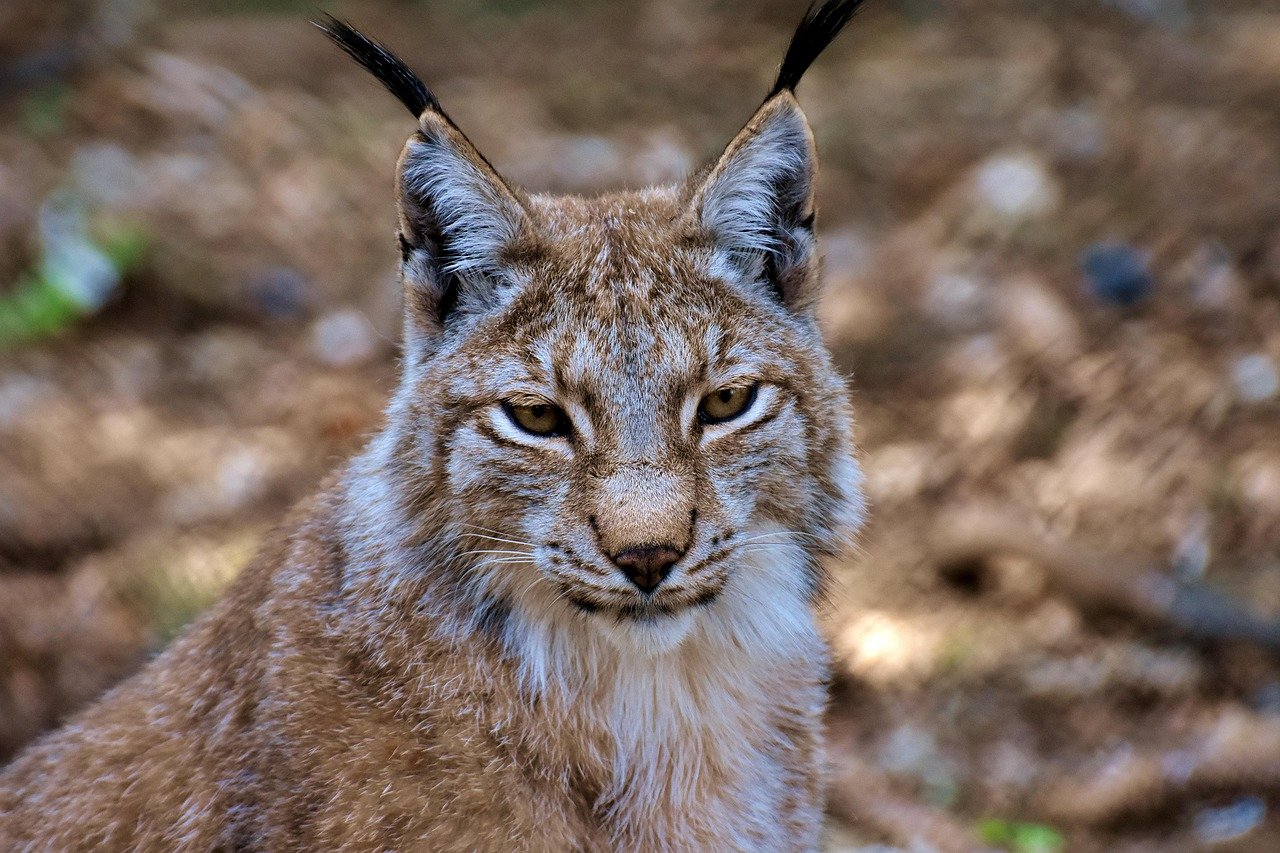
Eurasian lynx, with their distinctive tufted ears and powerful hind legs, are adapting to life as secondary predators in forests where they once reigned supreme. Their specialized hunting techniques, perfected over thousands of years, are becoming obsolete as prey patterns shift.
These medium-sized cats are developing pack-like behaviors, something completely foreign to their solitary nature. Siblings are staying together longer, sharing kills and territories in ways that would have been impossible just decades ago.
Servals Struggling in Shrinking Savannas
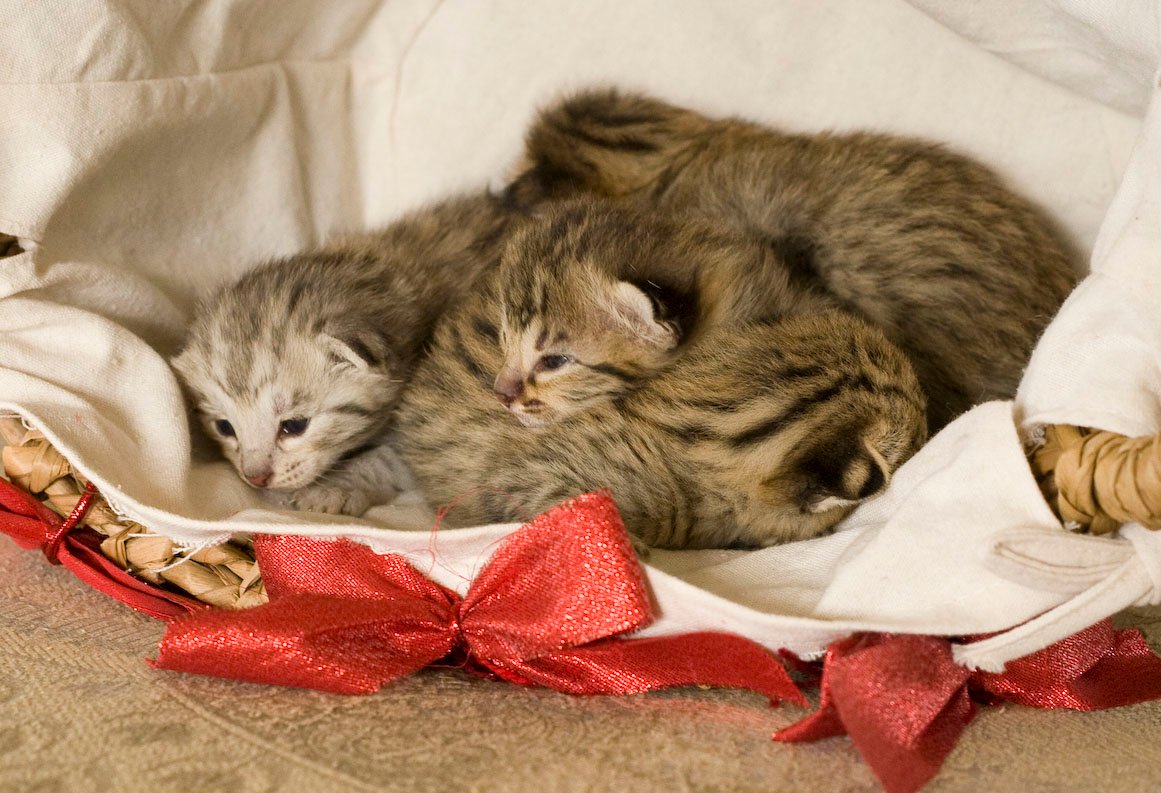
The African serval, with its oversized ears and incredible jumping ability, is finding its specialized hunting skills less effective as grasslands fragment. These cats, capable of hearing mice rustling in grass from 100 yards away, are being forced into agricultural areas where their hunting advantage disappears.
Farmers’ fields don’t provide the acoustic environment servals need for their signature hunting style. Their success rate has plummeted from 90% to barely 30% in modified landscapes, forcing them to hunt for longer periods and expend more energy.
Ocelots Operating in Overtime
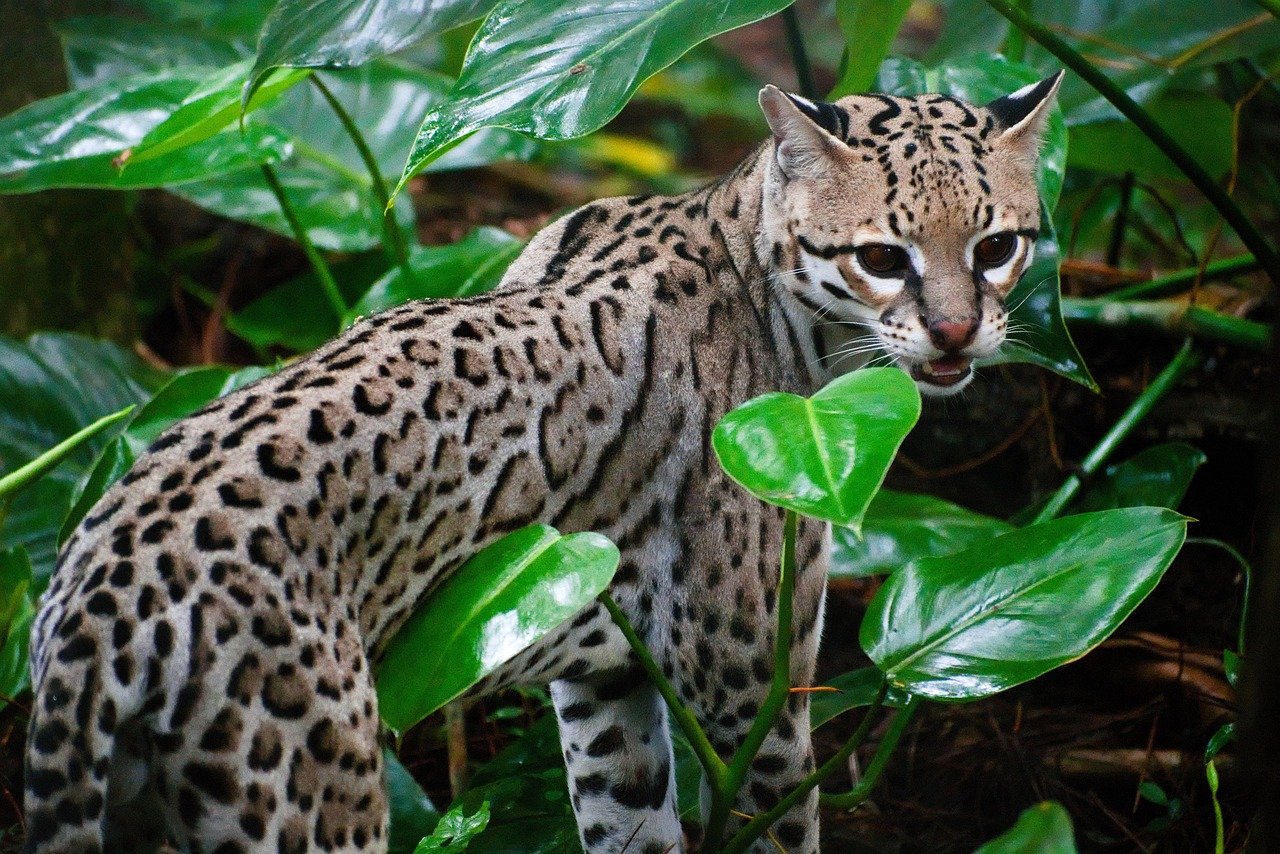
In Central American rainforests, ocelots are working twice as hard for half the reward. These beautifully marked cats, once able to hunt leisurely in dense canopy, now compete with an explosion of smaller predators that have filled the ecological void left by habitat destruction.
Their nocturnal hunting patterns have extended into daylight hours, putting them at risk from birds of prey and increasing their visibility to human hunters. The stress is showing in their reproductive rates, which have declined significantly in fragmented habitats.
Sand Cats Surviving Desert Chaos
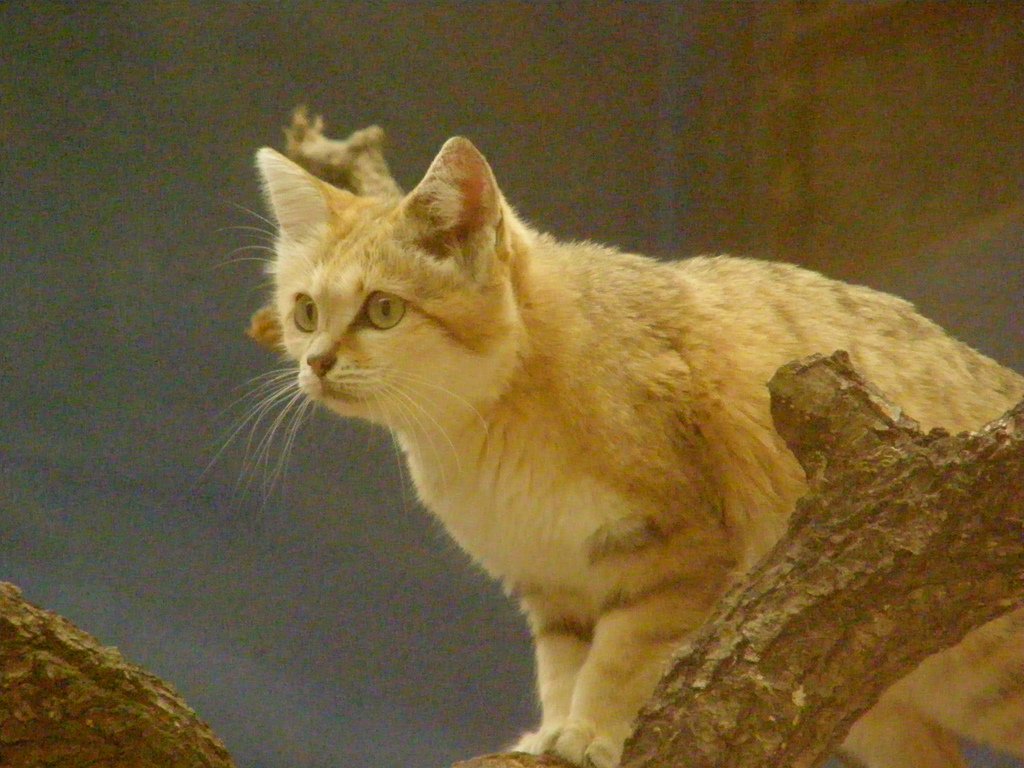
The smallest wild cat species is facing its biggest challenge yet. Sand cats, adapted to hunt in complete silence across desert dunes, are finding their territories invaded by domestic cats that have gone feral. These tiny predators, weighing just 3-8 pounds, are being outcompeted by cats twice their size.
Their specialized kidneys, designed to extract water from prey in arid environments, are being tested as they’re forced to hunt in areas with contaminated water sources. The desert’s perfect predator is learning imperfection the hard way.
Caracals Caught in the Crossfire
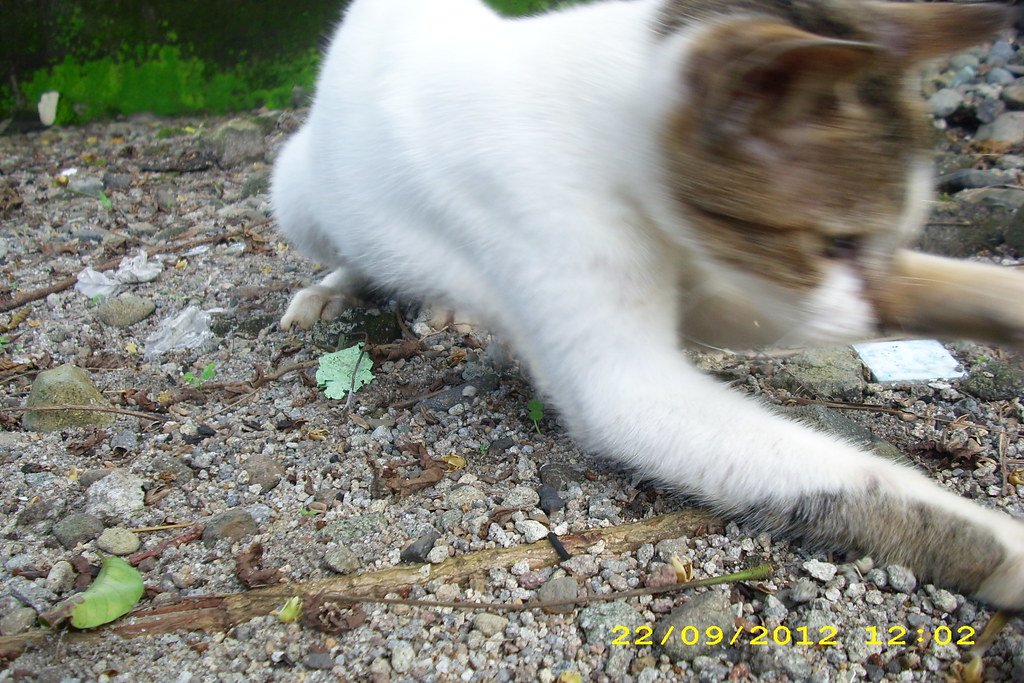
With their distinctive black-tufted ears and incredible jumping ability, caracals are adapting to a world where their primary prey has become someone else’s target. These cats, capable of snatching birds from mid-flight, are finding empty skies as avian populations crash.
In South Africa, caracals are exhibiting increased aggression toward smaller predators, a behavior never documented before. They’re essentially becoming bullies, taking kills from animals they would have previously ignored.
Margays Maneuvering Through Mayhem

The acrobatic margay, capable of climbing down trees headfirst like a squirrel, is finding its arboreal highway system severely compromised. These cats, masters of the canopy, are being forced to spend more time on the ground where they’re vulnerable to larger predators.
Their incredible flexibility and climbing skills, evolved over millions of years, are becoming less relevant as continuous forest cover disappears. Ground-level hunting is foreign territory for cats designed to live in trees.
Fishing Cats Facing Dry Spells
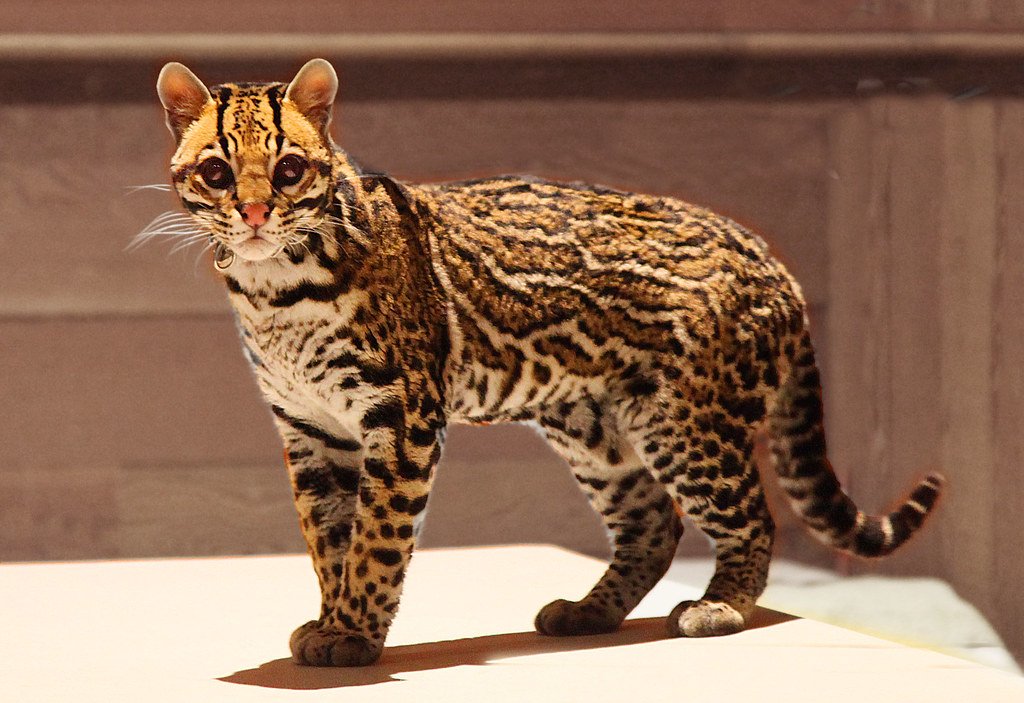
In the wetlands of Asia, fishing cats are experiencing something their name suggests they shouldn’t—water scarcity. These semi-aquatic predators, equipped with partially webbed paws and waterproof coats, are being forced to hunt on dry land as wetlands disappear.
Their fishing techniques, refined over generations, are useless in concrete drainage channels. The emotional stress of this adaptation is visible in their behavior, with mothers spending less time teaching cubs to fish and more time simply trying to find water.
Manuls Mastering New Territories
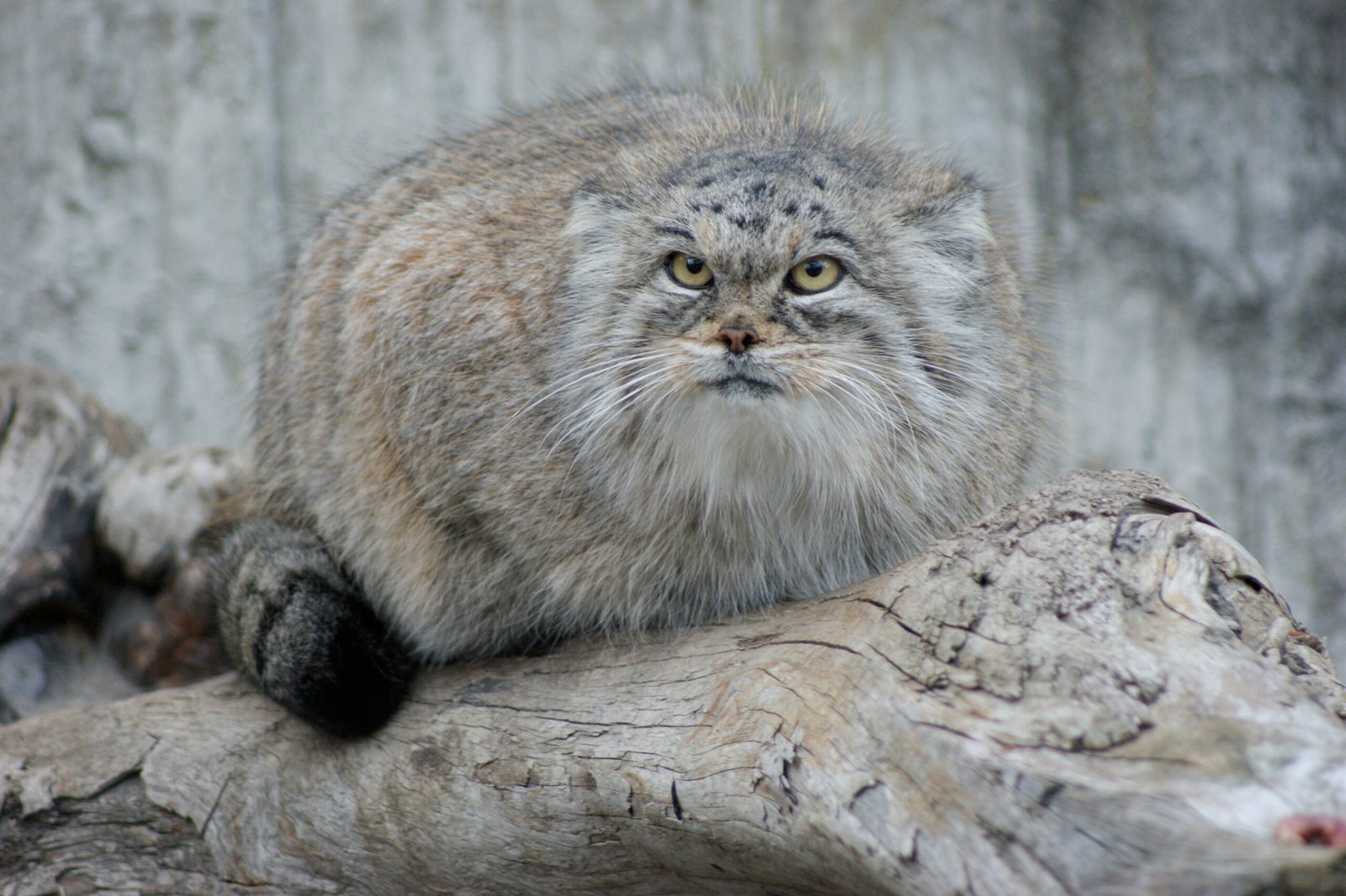
The Pallas’s cat, with its flat face and incredibly dense fur, is adapting to life in a world where its traditional prey has been replaced by introduced species. These small cats, built for hunting in rocky steppes, are learning to catch animals their ancestors never encountered.
Their hunting success depends on perfect camouflage against rocks and sparse vegetation. As landscapes change, their cryptic coloration becomes less effective, forcing them to hunt during suboptimal conditions when they’re more visible to both prey and predators.
The Psychological Toll of Fallen Kingdoms
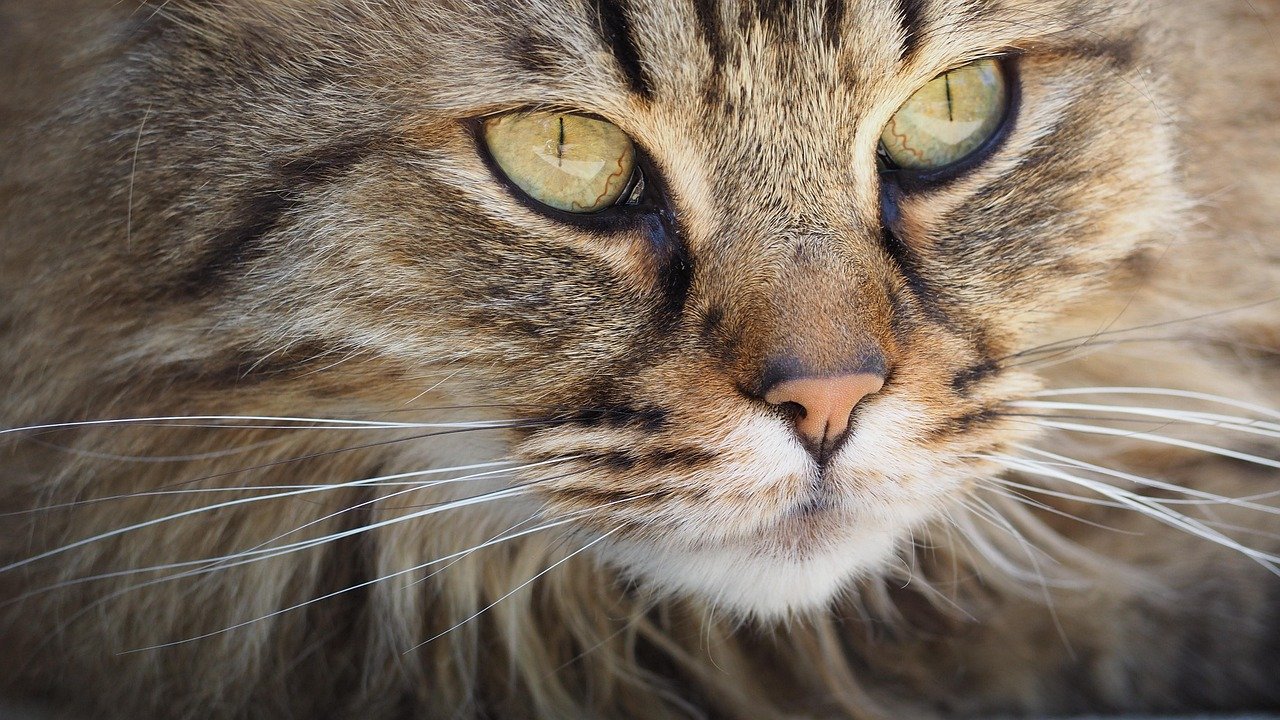
Beyond the physical adaptations, big cats are experiencing something that researchers are only beginning to understand—the psychological impact of losing apex status. Stress hormones in their systems are creating behavioral changes that ripple through entire ecosystems.
Cubs are learning fear before they learn to hunt. Mothers are abandoning territories their families held for generations. The confidence that once defined these predators is being replaced by uncertainty, and it shows in every cautious step they take.
When Predators Become Prey
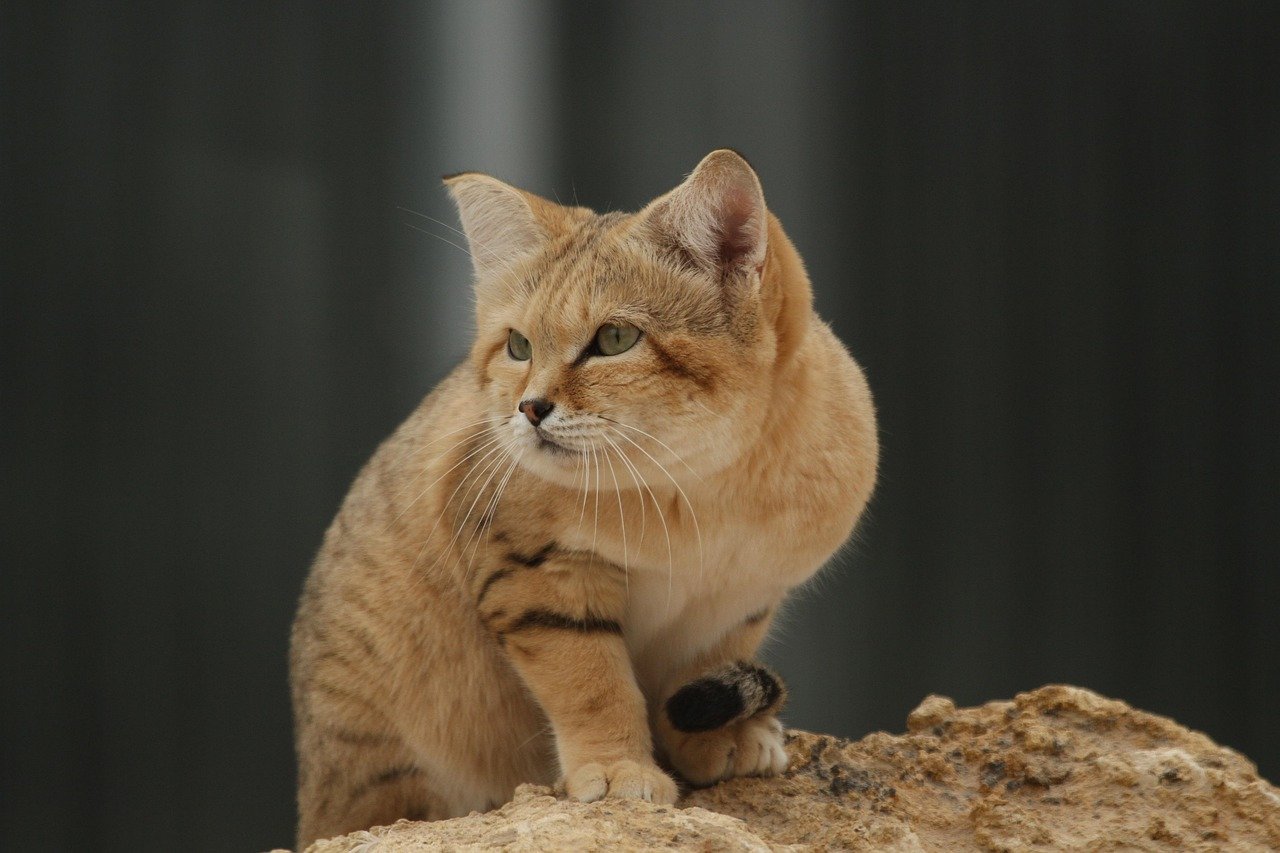
The circle of life has been redrawn, and big cats are finding themselves in positions they never evolved to handle. Jaguars hiding from human hunters, leopards fleeing from wild dogs, lions intimidated by hyenas—these aren’t isolated incidents but part of a global pattern.
The apex predators that shaped ecosystems for millions of years are now being shaped by forces beyond their control. Their survival depends not on their hunting prowess but on their ability to adapt to a world that no longer recognizes their authority.
Conclusion: The New Wild
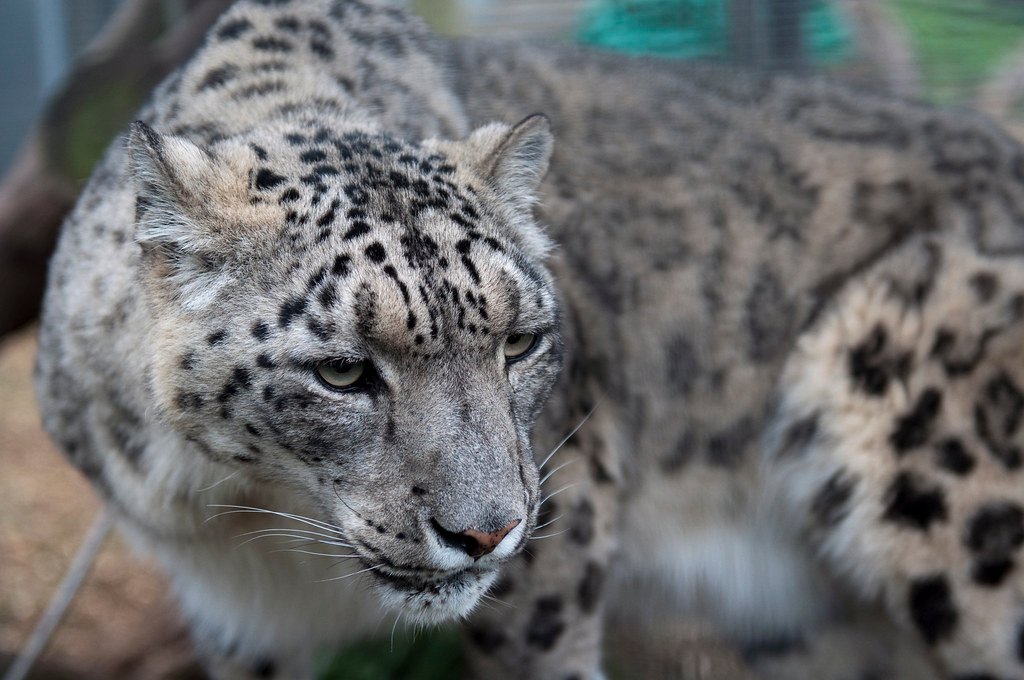
The transformation of big cats from apex predators to vulnerable survivors represents one of the most dramatic ecological shifts in Earth’s history. These magnificent creatures, once the unchallenged rulers of their domains, are writing new chapters in the story of survival.
Their adaptations reveal the incredible resilience of life, but also the fragility of the systems that supported them for millennia. As we witness these changes, we’re seeing evolution in real-time—not over thousands of years, but within a single generation.
The question isn’t whether these cats will survive, but what they’ll become in the process. Will future generations recognize the lions, tigers, and leopards we know today, or will they be something entirely new? What legacy are we leaving for the kings and queens of the animal kingdom?
Hi, I’m Bola, a passionate writer and creative strategist with a knack for crafting compelling content that educates, inspires, and connects. Over the years, I’ve honed my skills across various writing fields, including content creation, copywriting, online course development, and video scriptwriting.
When I’m not at my desk, you’ll find me exploring new ideas, reading books, or brainstorming creative ways to solve challenges. I believe that words have the power to transform, and I’m here to help you leverage that power for success.
Thanks for stopping by, Keep coming to this website to checkout new articles form me. You’d always love it!


